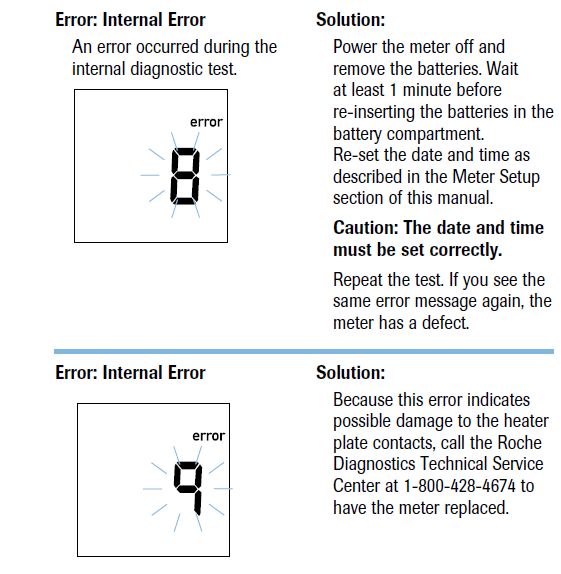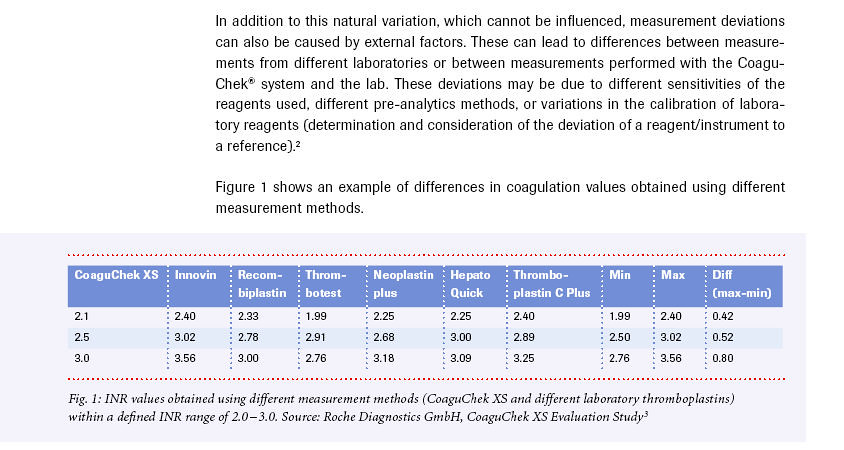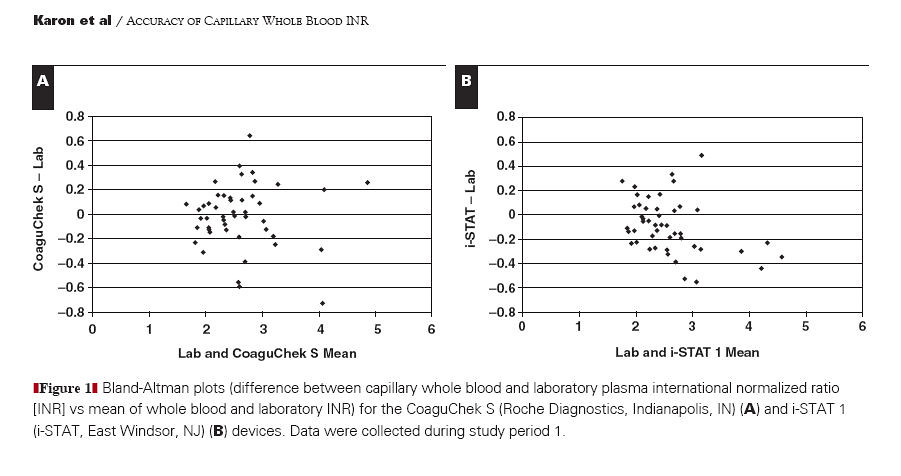user 16827
Premium Level User
- Joined
- Aug 28, 2017
- Messages
- 469
Thought i would share my experience today with my Clinic
I self test once per week.
My machine for a while has been showing error 8 , a restart usually sorts it out
Today i was given a replacement machine at my Doctors.
My machine showed INR 2.6
New machine 2.8
Doctor's calibrated machine 3.0
I was advised that UK best practice allows a 0.5 variation in the machines, if i were to have a Lab venous draw they allow 15%
the test were done within minutes of each other using 3 different finger draws
I was surprised at the tolerances allowed but at least i have learned something.
I self test once per week.
My machine for a while has been showing error 8 , a restart usually sorts it out
Today i was given a replacement machine at my Doctors.
My machine showed INR 2.6
New machine 2.8
Doctor's calibrated machine 3.0
I was advised that UK best practice allows a 0.5 variation in the machines, if i were to have a Lab venous draw they allow 15%
the test were done within minutes of each other using 3 different finger draws
I was surprised at the tolerances allowed but at least i have learned something.


























